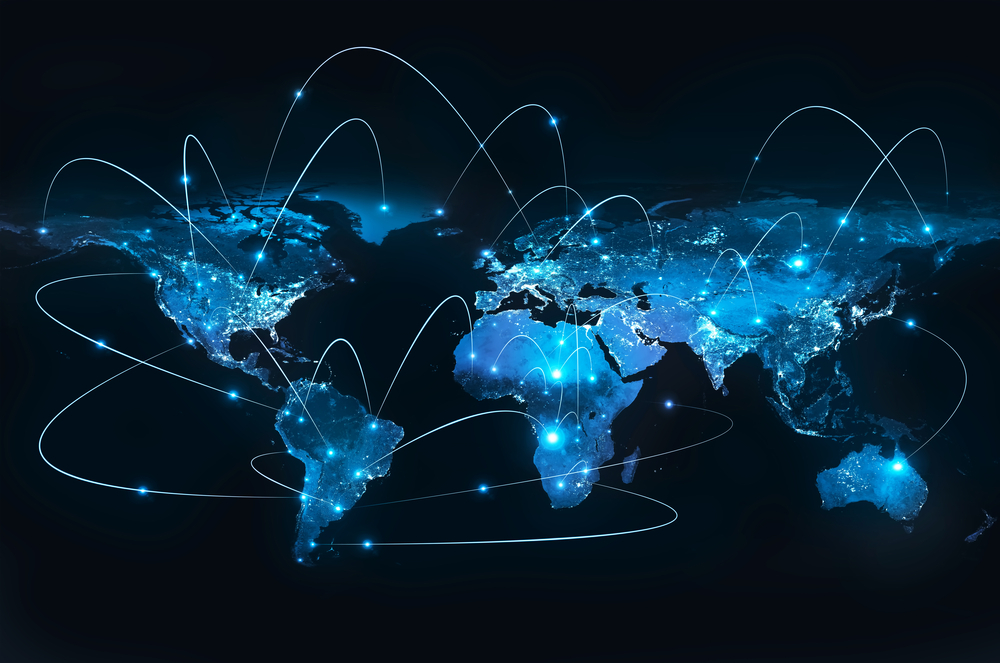Artificial intelligence (AI) is a rapidly growing field that has the potential to transform the veterinary industry. With the help of AI, veterinarians can diagnose and treat animals more effectively and efficiently than ever before. The implications of AI in the veterinary industry are many and varied, with both advantages and challenges.
One of the most significant benefits of AI in the veterinary industry is the ability to analyse large amounts of data quickly and accurately. With the help of AI, veterinarians can process vast amounts of information about an animal's health and well-being, helping them to identify diseases or health risks that may not be immediately apparent. AI algorithms can also be used to create personalised treatment plans for individual animals, taking into account their unique medical histories and circumstances.
Another advantage of AI in the veterinary industry is the ability to streamline administrative tasks. For example, AI-powered software can automate appointment scheduling, record-keeping, and billing, allowing veterinarians to spend more time providing direct care to their patients. This can result in more efficient and effective care for animals, as well as reduced administrative burden for veterinary professionals.
However, there are also challenges and limitations to the use of AI in the veterinary industry. One challenge is the need for high-quality data. AI algorithms require large amounts of data to work effectively, but the quality and accuracy of the data can impact the accuracy of the diagnosis or treatment recommendations. To ensure that AI produces accurate results, it is essential to collect and use high-quality data.
Another challenge is the potential for bias. AI algorithms are only as good as the data they are trained on, and if that data is biased or incomplete, it can lead to inaccurate or unfair results. This is particularly relevant in the case of animal welfare, where the treatment of animals should not be impacted by factors such as their breed, age, or background. It is crucial to ensure that the data used to train AI algorithms is representative and unbiased.
Finally, there is the potential impact of AI on employment in the veterinary industry. As AI becomes more advanced, it could potentially replace some administrative tasks or even some aspects of veterinary care. This could lead to job losses for some veterinary professionals and a need for new skill sets among those who remain in the industry. However, it is also possible that the use of AI in the veterinary industry could create new job opportunities in areas such as data analysis and AI development.
In conclusion, the implications of AI for the veterinary industry are many and varied. While there are challenges and limitations to its use, the benefits of AI in the veterinary industry cannot be ignored. By collecting and using high-quality data, avoiding bias, and working together to address any potential challenges, veterinary professionals can use AI to provide more efficient and effective care to animals.


